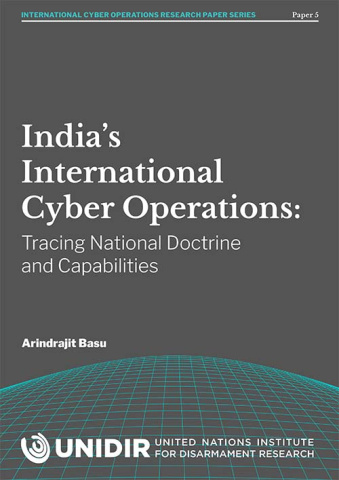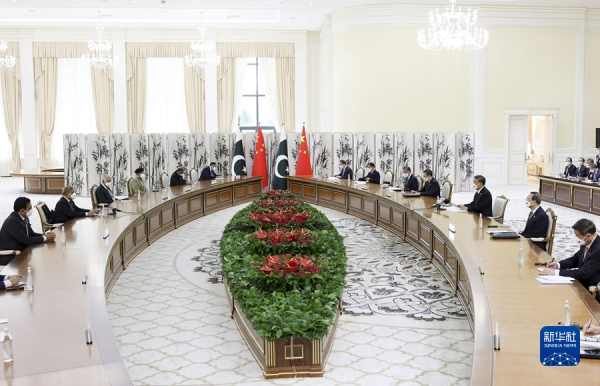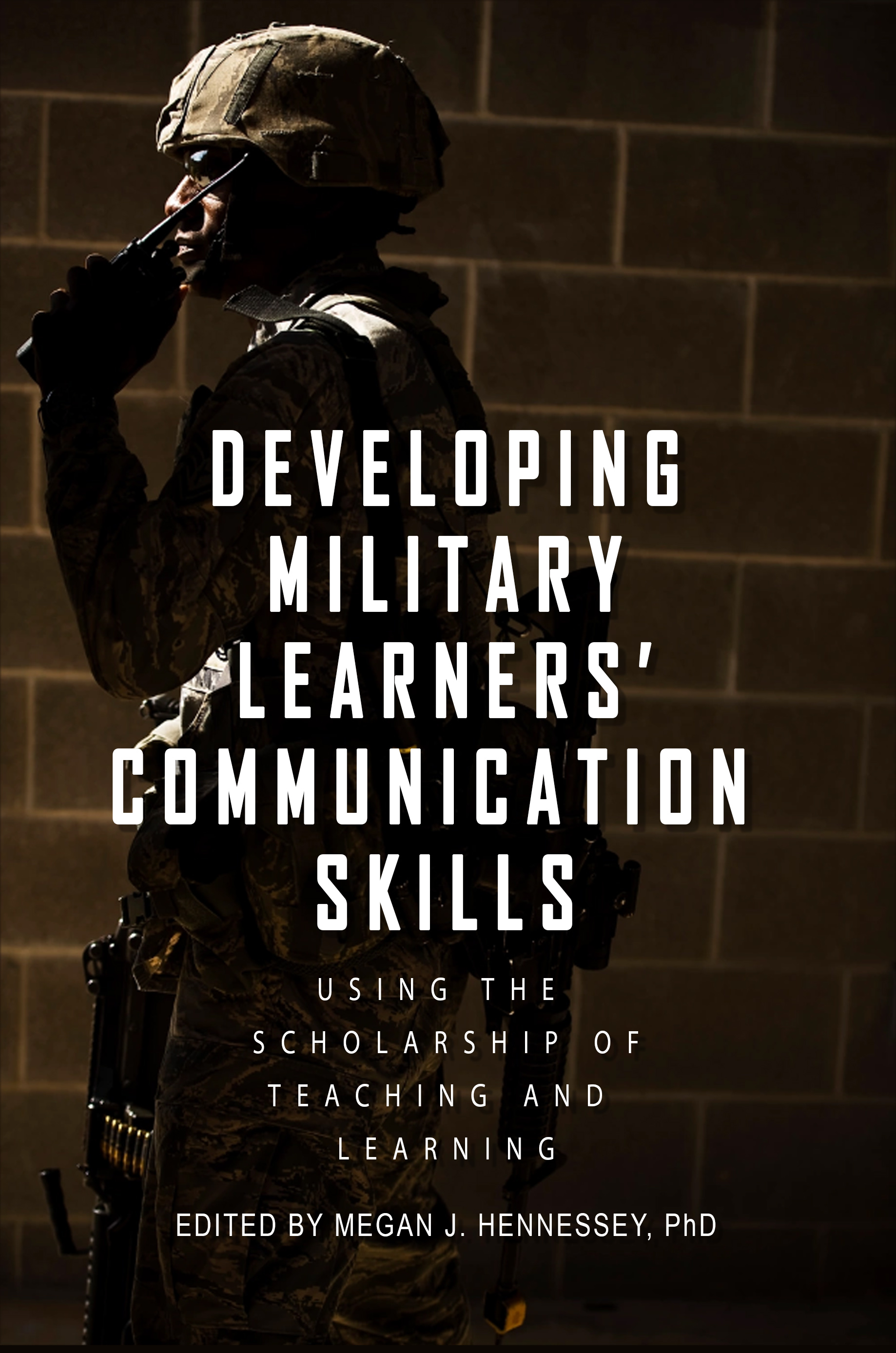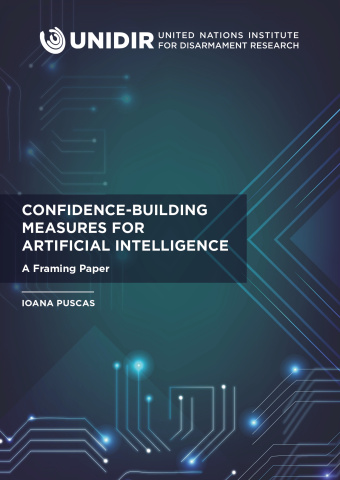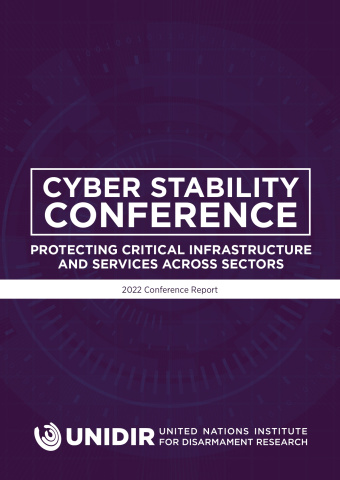Ramesh THAKUR, Shatabhisha SHETTY and Waheguru Pal Singh SIDHU
Geopolitical tensions in Southern Asia are characterised by shared borders, major territorial disputes, history of wars, political volatility and instability. This fraught dynamic is compounded by China–India–Pakistan nuclear relations or the nuclear “trilemma” which is shaped by military developments, threat perceptions, as well as alliance, adversary and deterrence relations between the three nuclear-armed states. To mitigate the growing risks in Southern Asia and the impact across the Asia-Pacific, the Asia-Pacific Leadership Network for Nuclear Non-Proliferation and Disarmament and the Toda Peace Institute have collaborated on a research project to map the contours of the China–India–Pakistan nuclear trilemma. The series of articles published in this special issue of the Journal for Peace and Nuclear Disarmament is a selection of nine papers commissioned for the project that address different aspects of the trilemma, examining bilateral, trilateral and plurilateral drivers; exploring practical nuclear risk reduction, crisis stability and confidence building measures and a potential nuclear restraint regime; and identify mechanisms and opportunities for tension reduction and conflict resolution in order to normalize interstate relations and promote people-people ties.
This essay by Ramesh Thakur, Shatabhisha Shetty, and Waheguru Pal Singh Sidhu is an introduction to the China-India-Pakistan Nuclear Trilemma project and the project’s special reports. The nine reports, their conclusions, and policy recommendations are summarised here.

